Lyman was the father of both fusion research and space astronomy in the United States. He is also known for first proposing the Hubble Space Telescope.
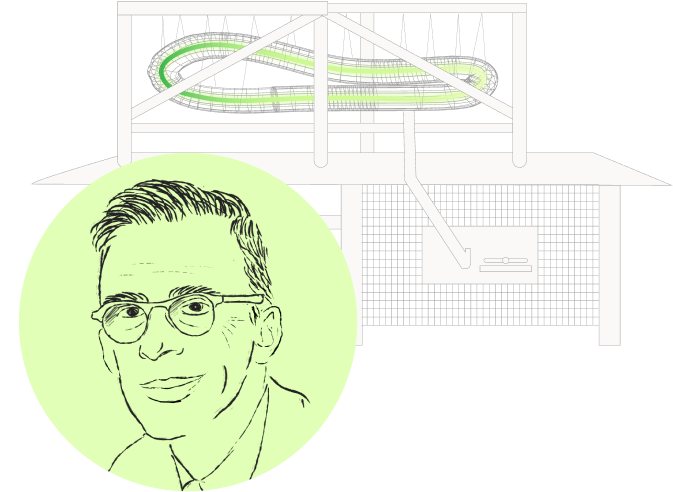
This new paradigm enabled the design of stellarators that had confinement properties analogous to tokamaks (the leading fusion system concept at the time).
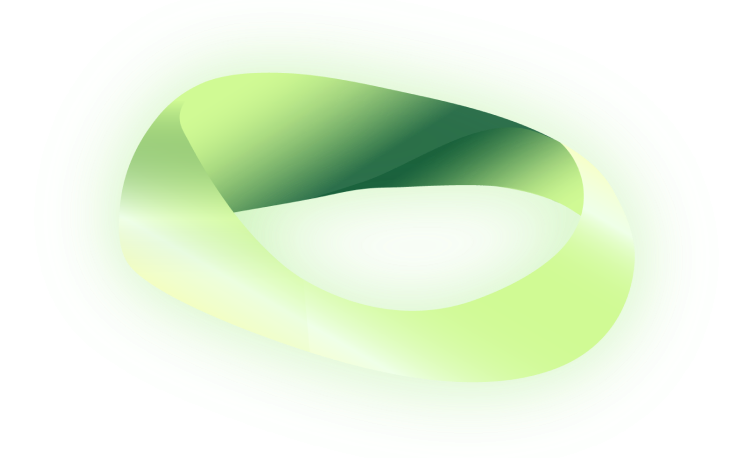
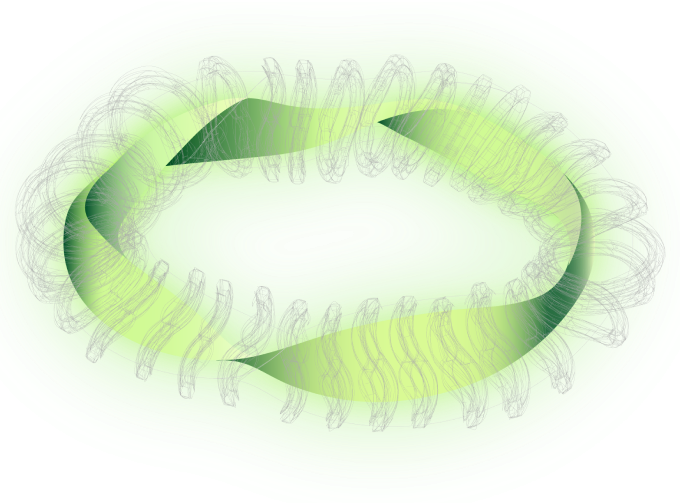
As part of this project, David and his team successfully designed and prototyped scalable magnet array systems. Following these breakthroughs, Thea Energy spun out tech and a team from Princeton.

Lyman was the father of both fusion research and space astronomy in the United States. He is also known for first proposing the Hubble Space Telescope.
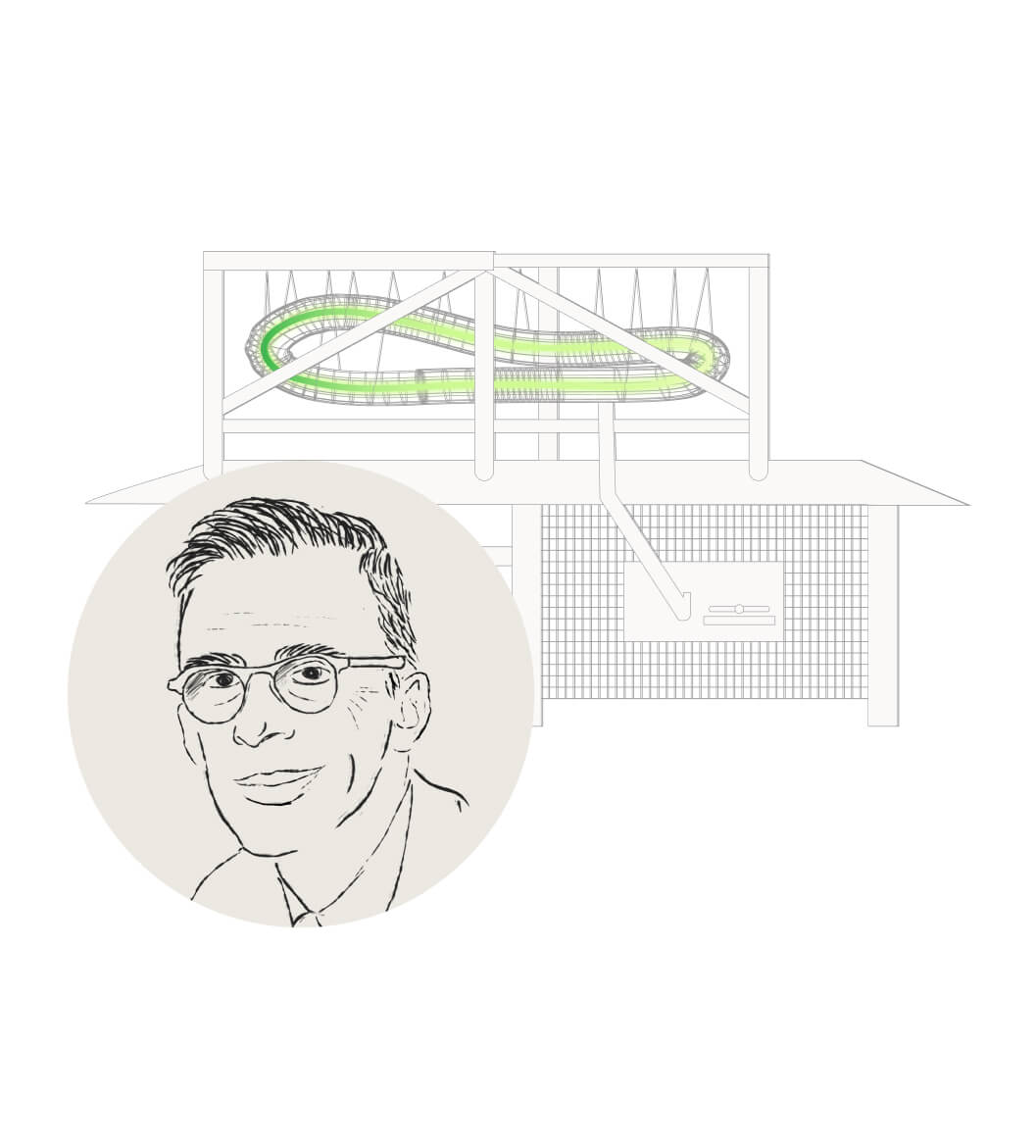
This new paradigm enabled the design of stellarators that had confinement properties analogous to tokamaks (the leading fusion system concept at the time).


As part of this project, David and his team successfully designed and prototyped scalable magnet array systems. Following these breakthroughs, Thea Energy spun out tech and a team from Princeton.

Even after the theoretical and experimental breakthroughs of recent years, the stellarator’s 3D complexities meant that significant computational power was needed to fully master it. This limited the progress of further development, until recently.
Today’s computers have the capability to optimize the stellarator’s design like never before.
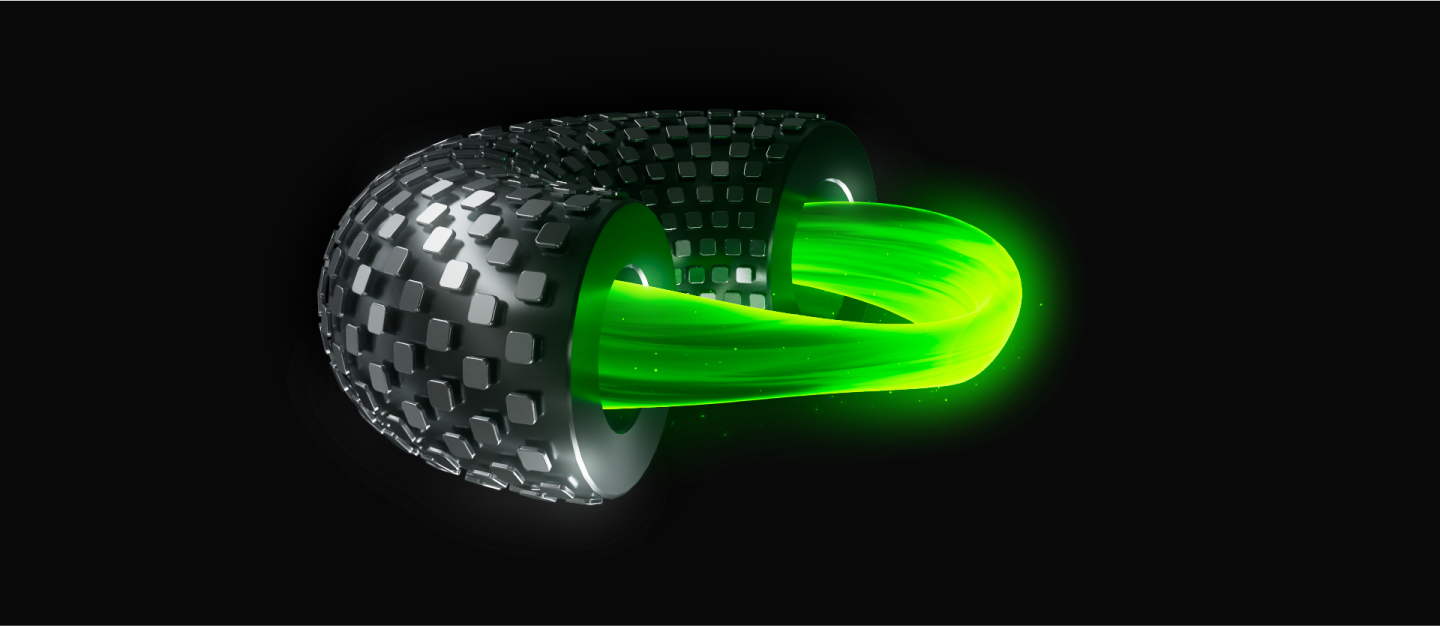
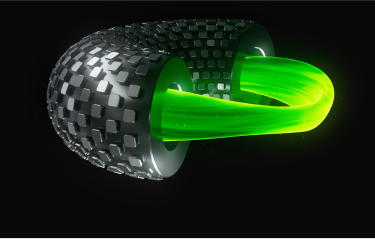
Our proprietary stellarator technology utilizes arrays of planar magnets, eliminating the prohibitively complex and expensive 3D magnetic field coils required in all other proposed stellarator architectures.
Combined with the advent of modern high temperature superconductors, our stellarator breakthroughs have changed the trajectory of fusion energy.
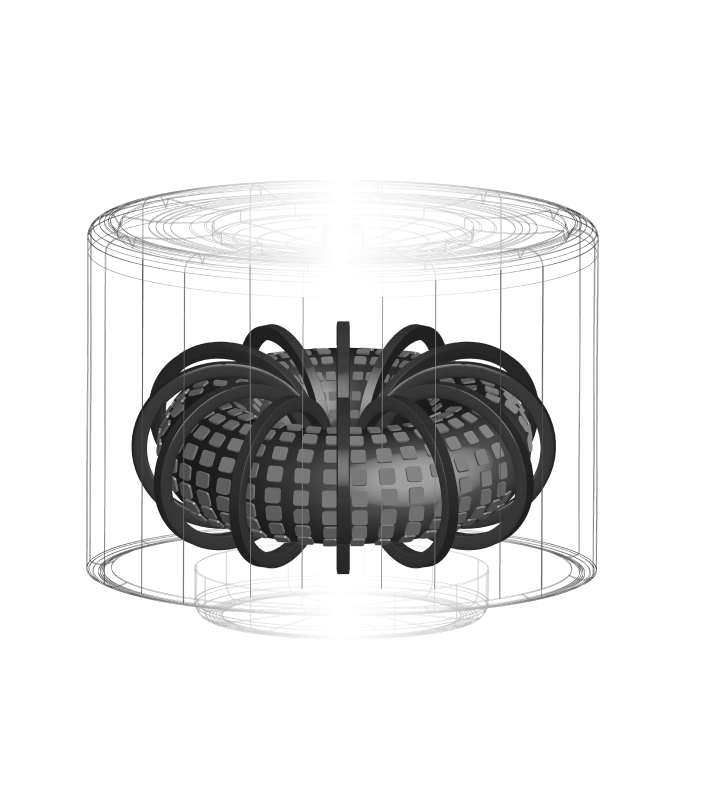
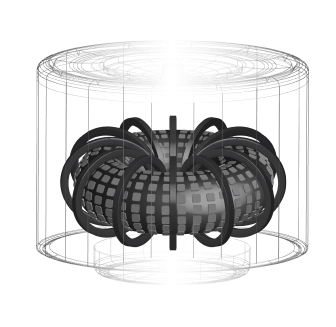
Subscribe to get the latest updates, insights, and more delivered straight to your inbox.
Interested in connecting with the Thea Energy team?
Interested in connecting with the Thea Energy team?
FOLLOW US